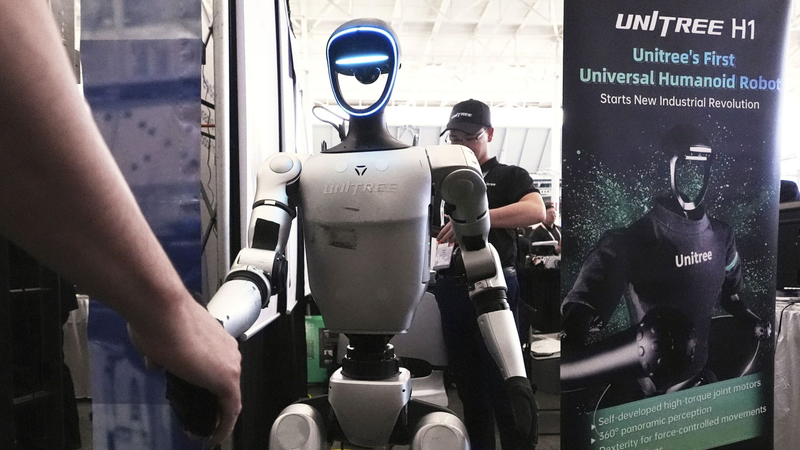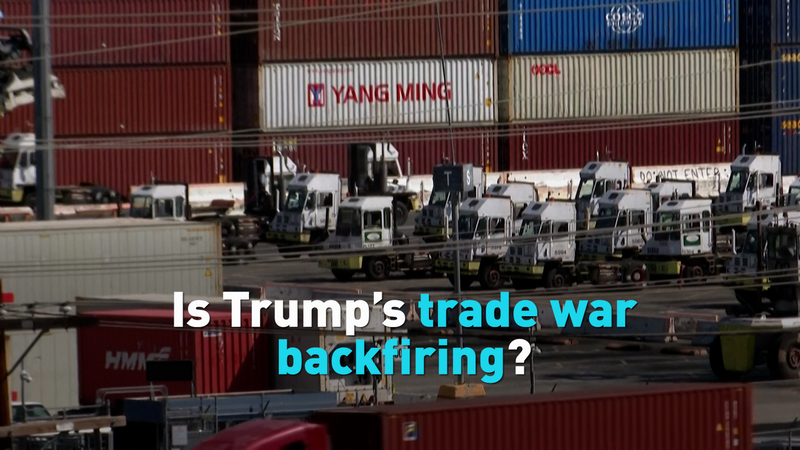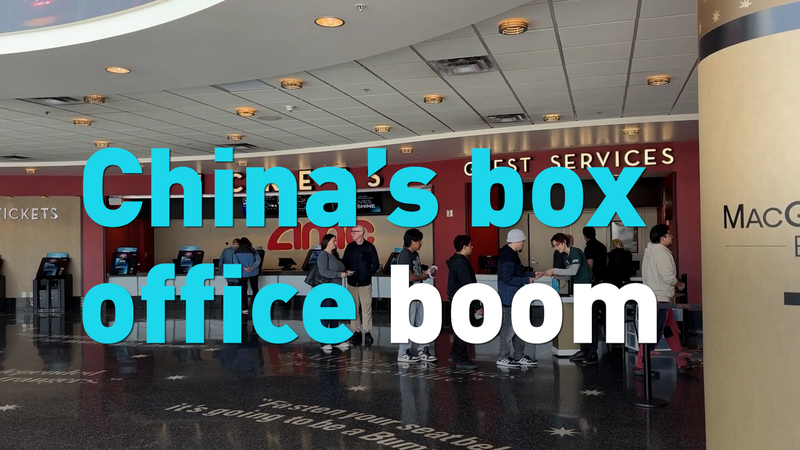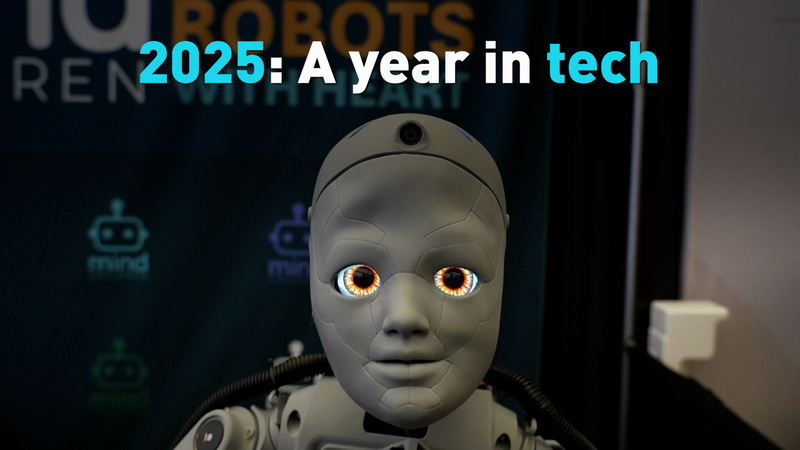At the recent Robotics Summit in Boston, futuristic innovation lit up the stage as humanoids danced and robotic dogs trotted along exhibit floors—sparking visions of a tech-powered future. Yet behind the dazzling demos, a quieter debate emerged: can escalating U.S.-China tariffs derail America's bid to lead the global humanoid revolution?
In a light-hearted moment that masked serious concerns, Aaron Saunders, CTO of Boston Dynamics, joked, "I'm the CTO, so don't ask me about tariffs," drawing laughter across the auditorium. Even with smiles all around, innovators were well aware that these trade frictions are anything but trivial. 😄
Tesla CEO Elon Musk recently warned that export curbs on rare earth magnets from the Chinese mainland—critical for powering advanced robotics—could delay the rollout of its Optimus humanoid. For U.S. startups already juggling fragile supply chains, tariffs aren’t just political buzzwords; they pose a real risk to progress.
While many industrial robots in U.S. auto plants hail from Japan, Germany, or South Korea, the niche world of humanoid robotics depends on hyper-specialized parts like sensors, semiconductors, and AI chips that crisscross global supply chains. This intricate network is now under pressure from sweeping tariff measures.
Agility Robotics' CTO, Pras Velagapudi, summed up the dilemma: tariffs have introduced new inconveniences—but they’ve also opened up fresh opportunities. Some companies are even seizing the moment to onshore production, a trend already visible with German automaker Schaeffler expanding its U.S. plant to incorporate Agility’s Digit humanoid. This shift could drive a broader move toward automation as local companies adapt to higher labor costs and labor shortages.
Across the innovation spectrum, Unitree—the Chinese startup behind the G1 humanoid—showcased its nimble, remote-controlled prototype to U.S. audiences. Despite the G1’s attractive base price of $16,000, a 145 percent tariff spike has ballooned its cost to around $40,000, raising questions among early adopters yet leaving room for optimism in industrial markets such as manufacturing and home automation. 🤖
Even firms like Tennibot, which rely on a global mix of injection molded parts, motors, batteries, and more, face growing uncertainty as tariffs complicate their supply chains. Recruitment experts have noted that talent mobility, once an asset in attracting Canadian professionals to U.S. companies, is now under strain.
At its core, the summit underscored a vital truth: the robotics revolution is as much about navigating global trade challenges as it is about technological breakthroughs. As innovators, engineers, and business leaders feel the pressure of fluctuating tariffs, they are also igniting new strategies that could reshape the future of automation.
Reference(s):
cgtn.com



